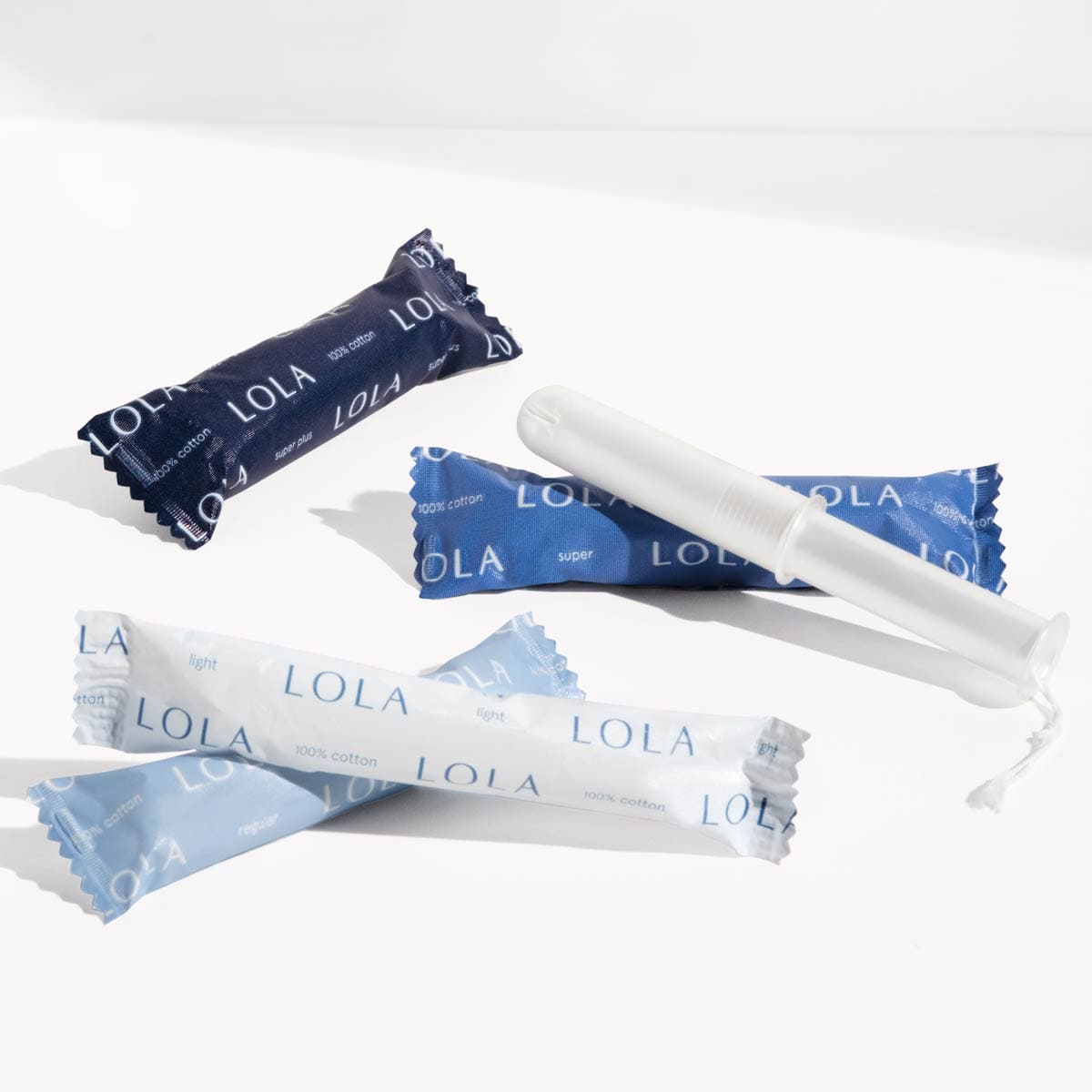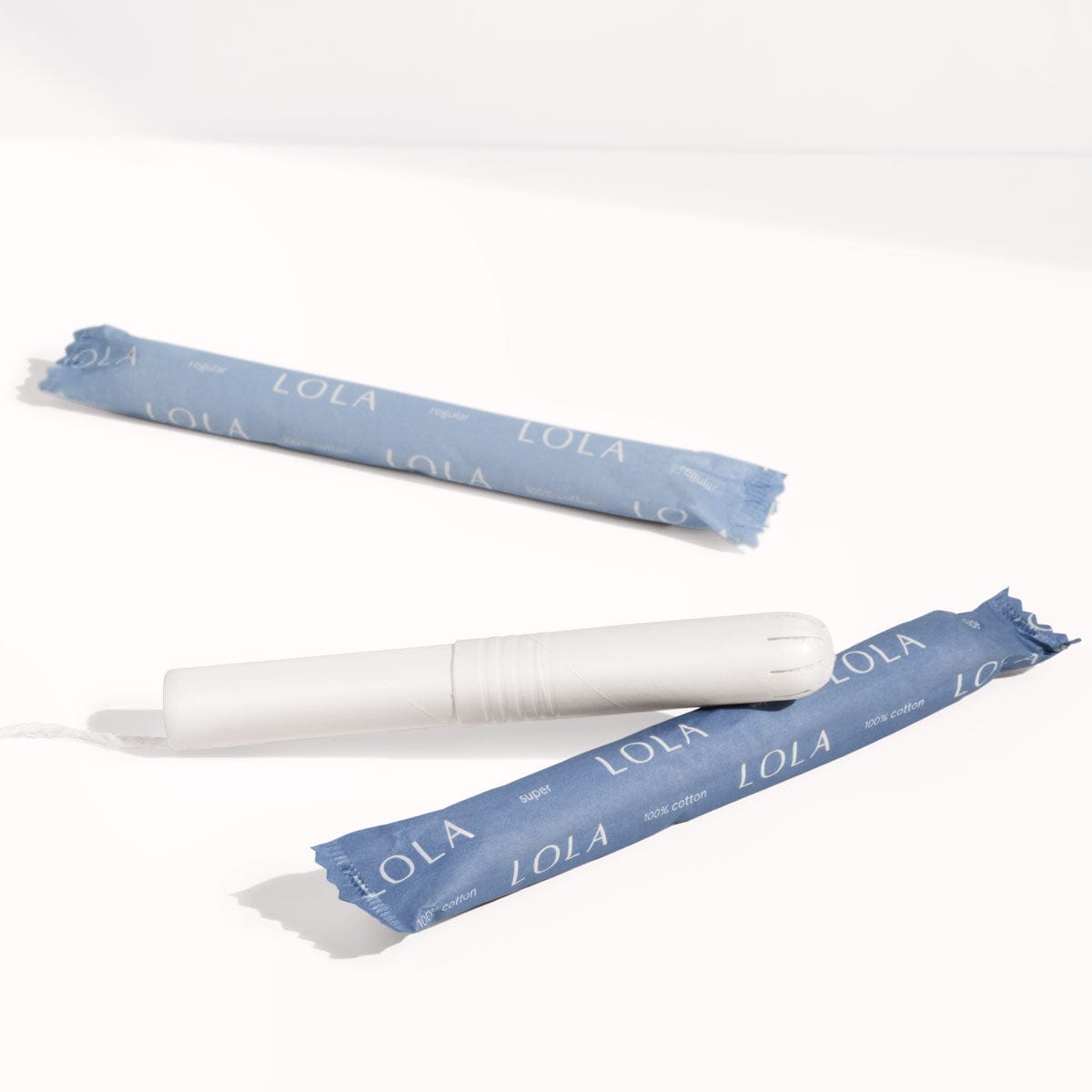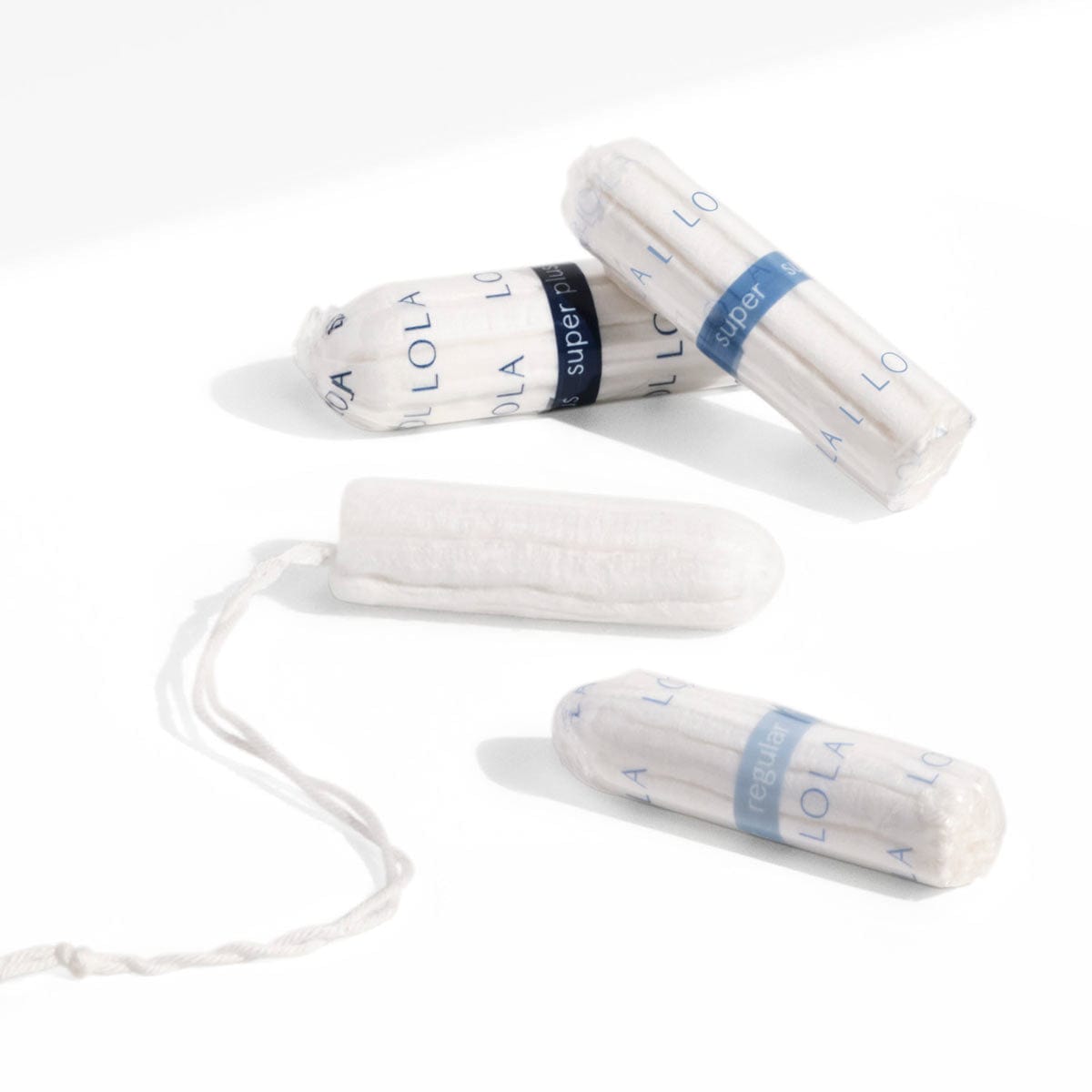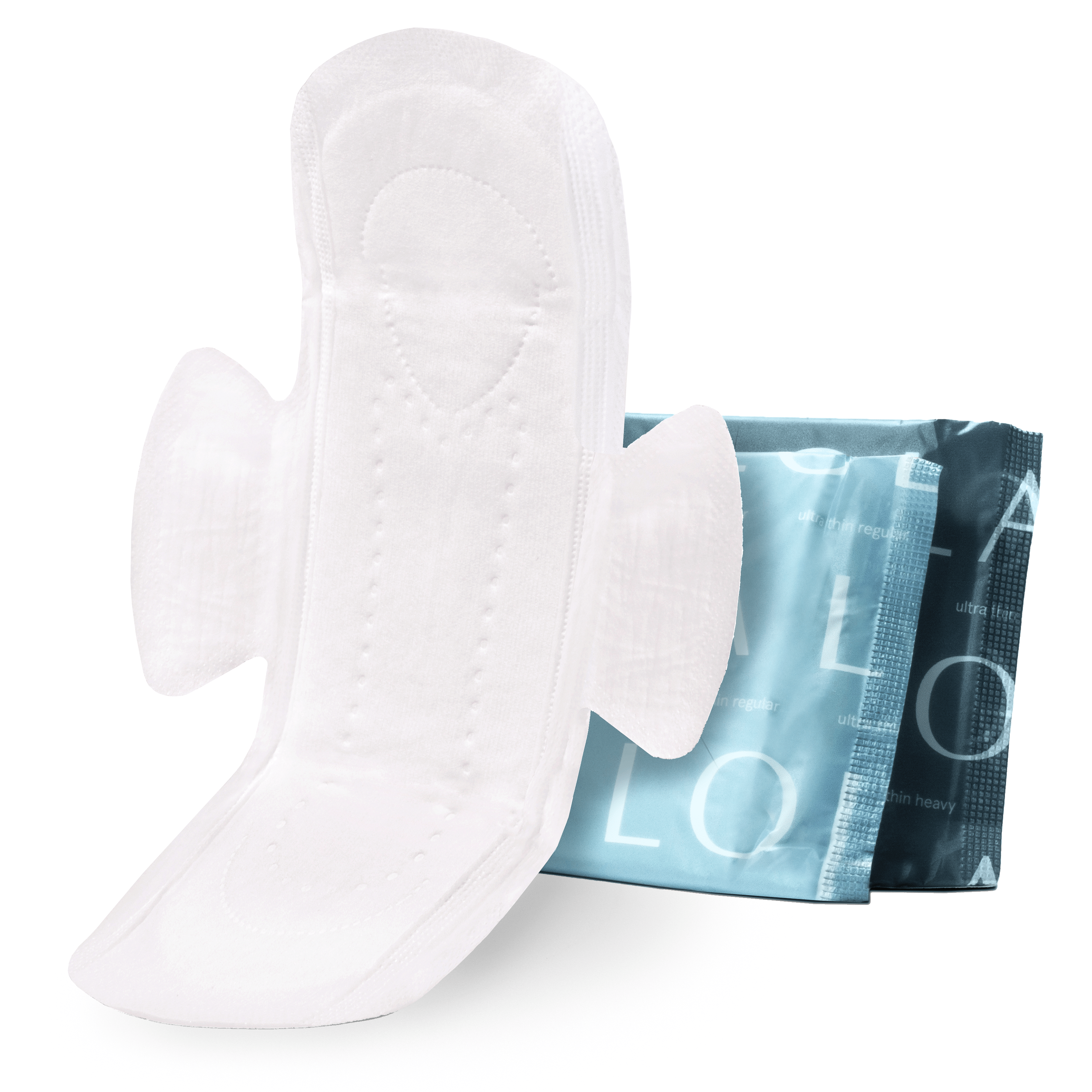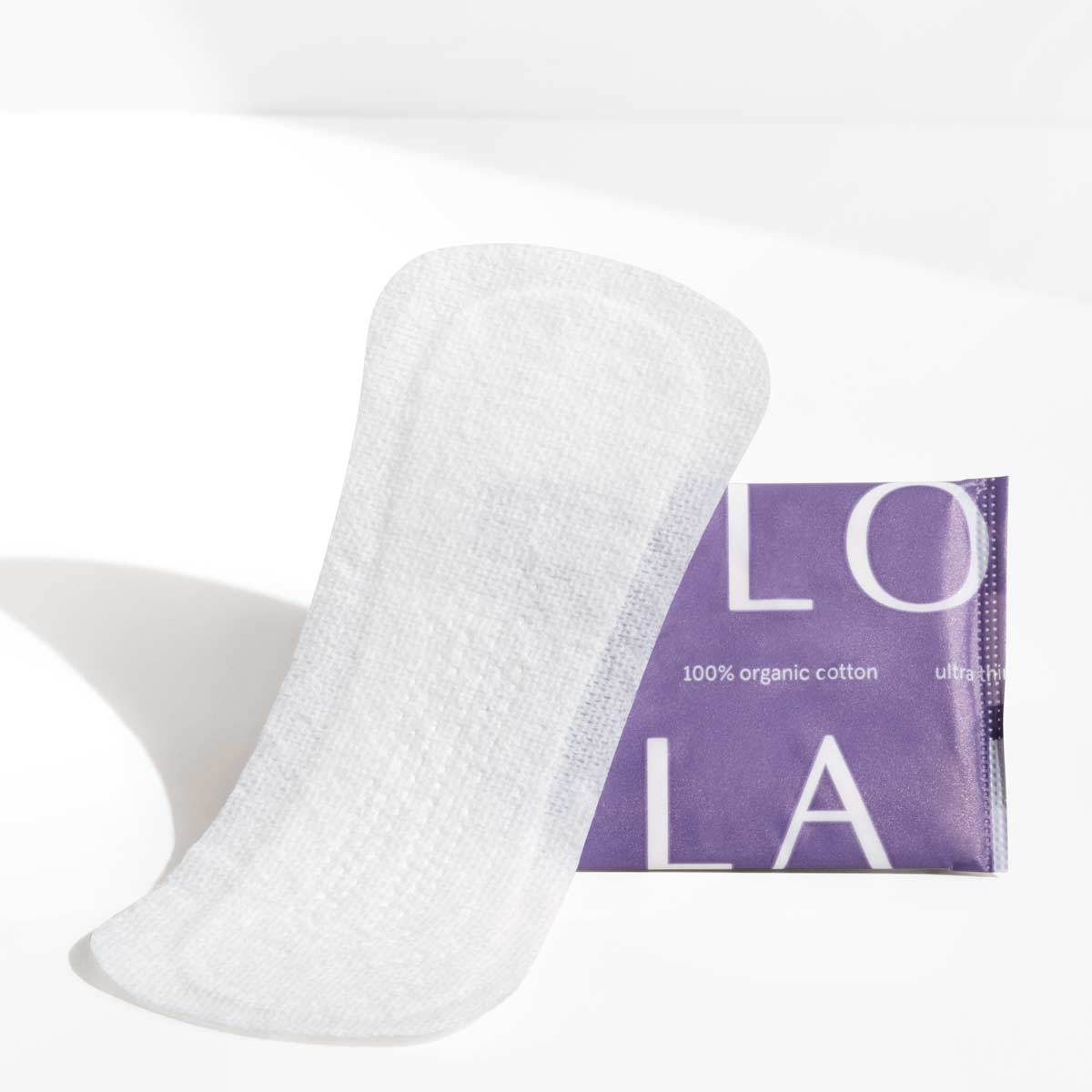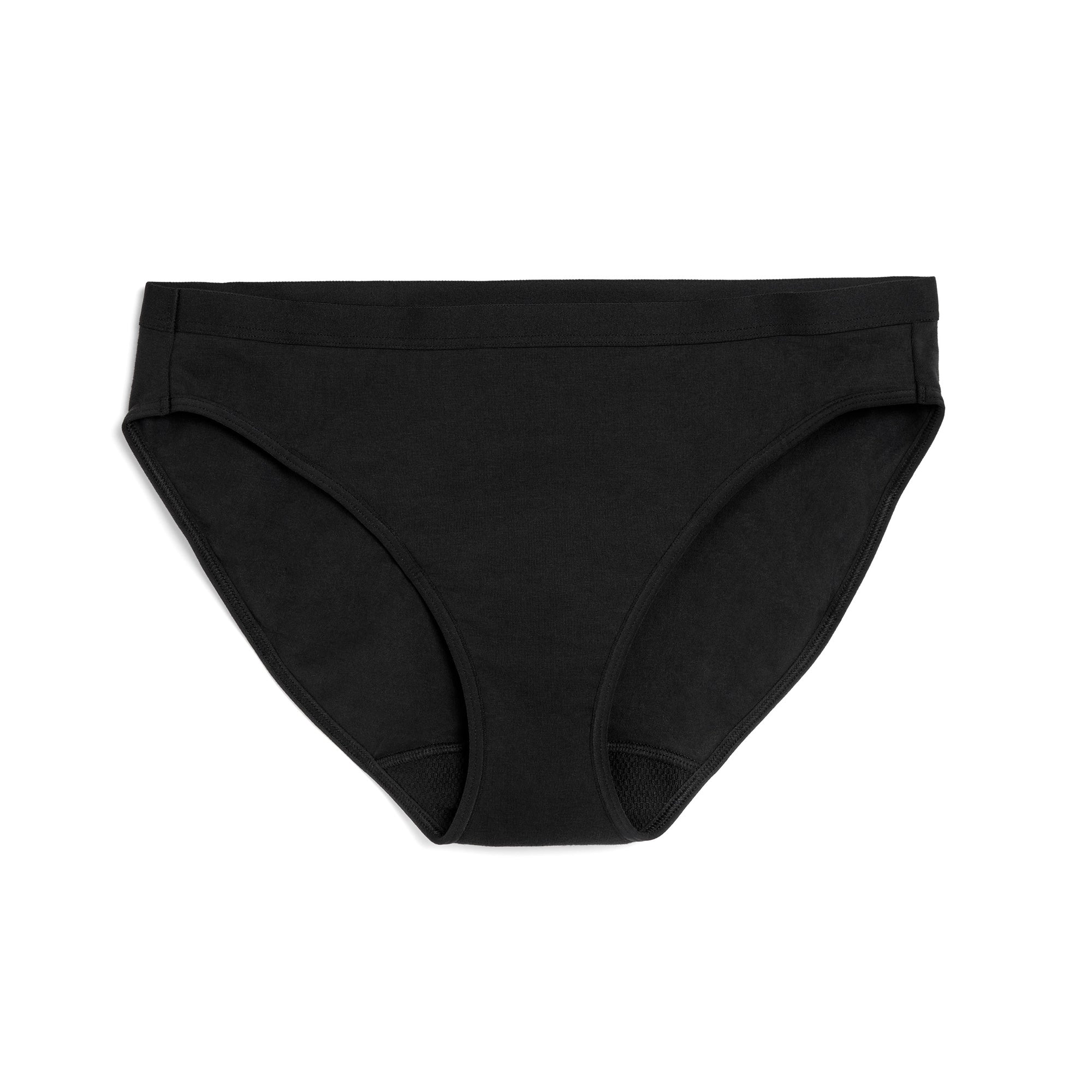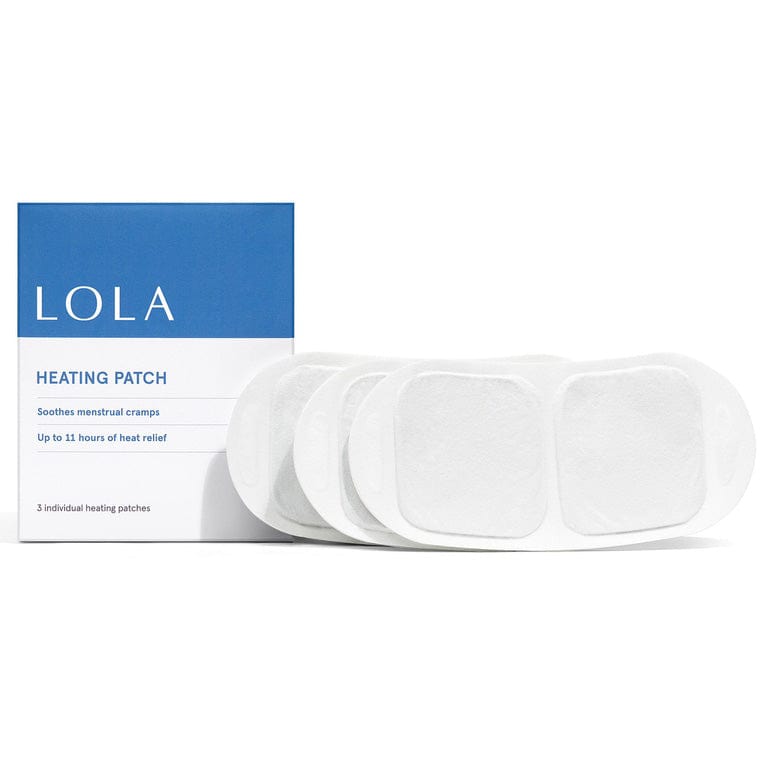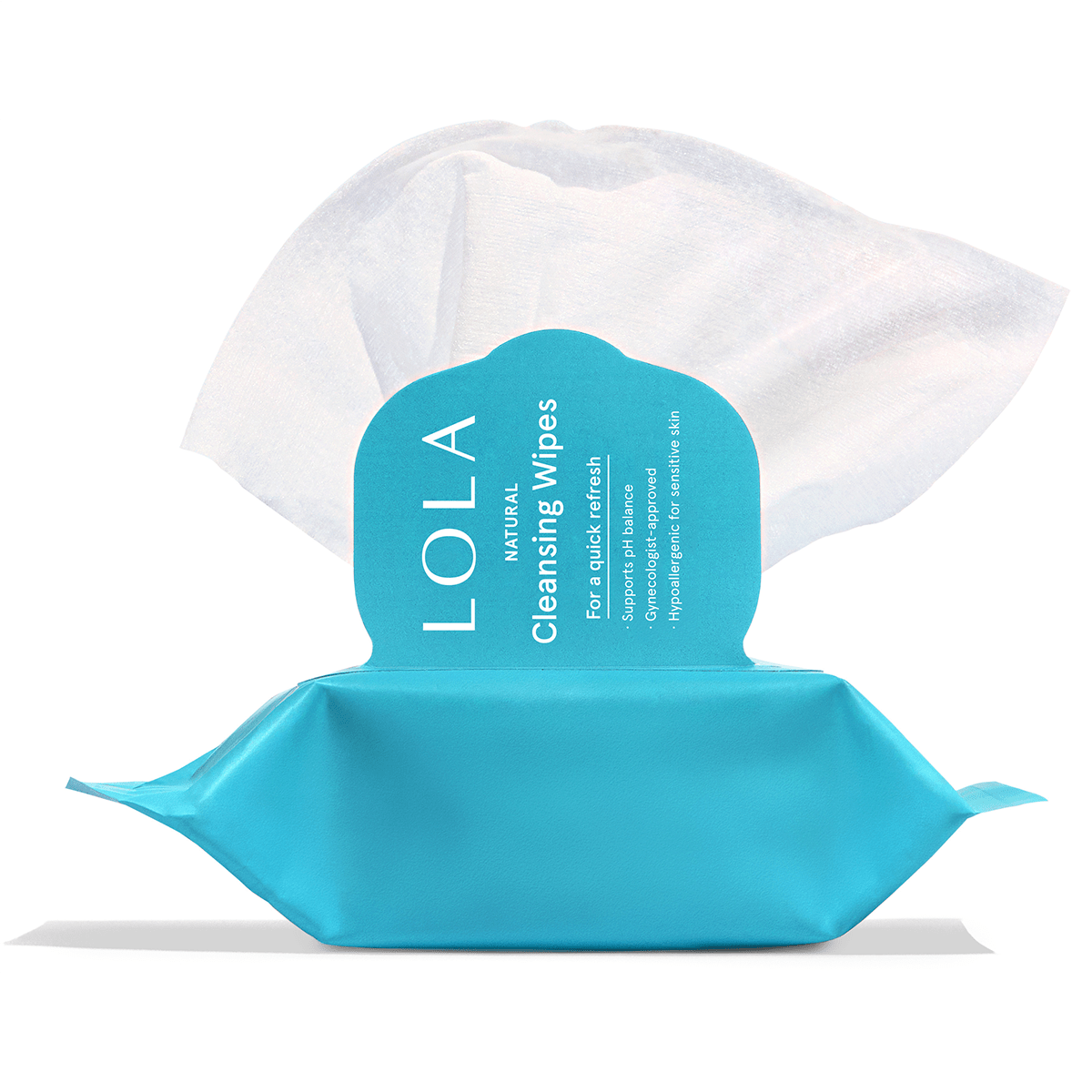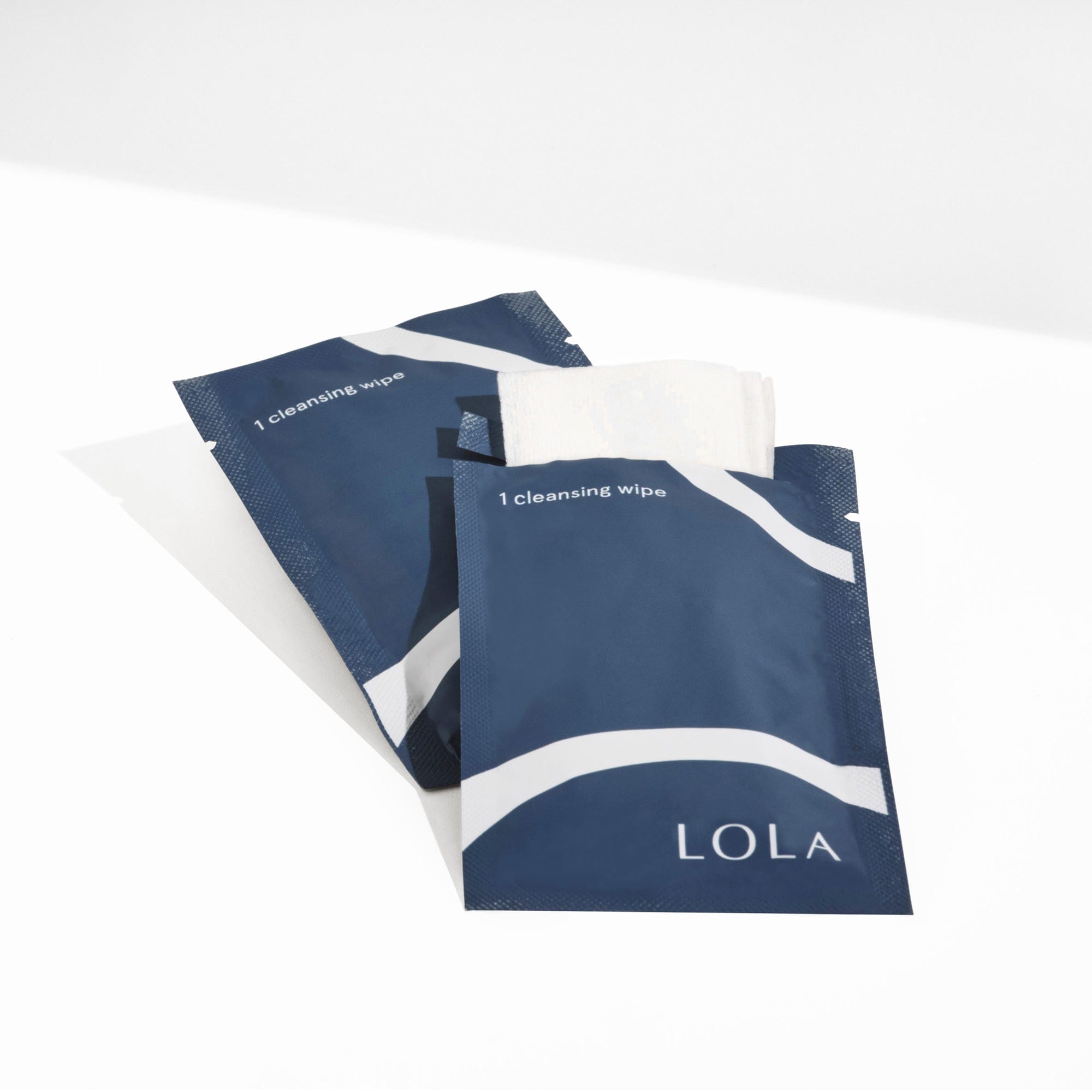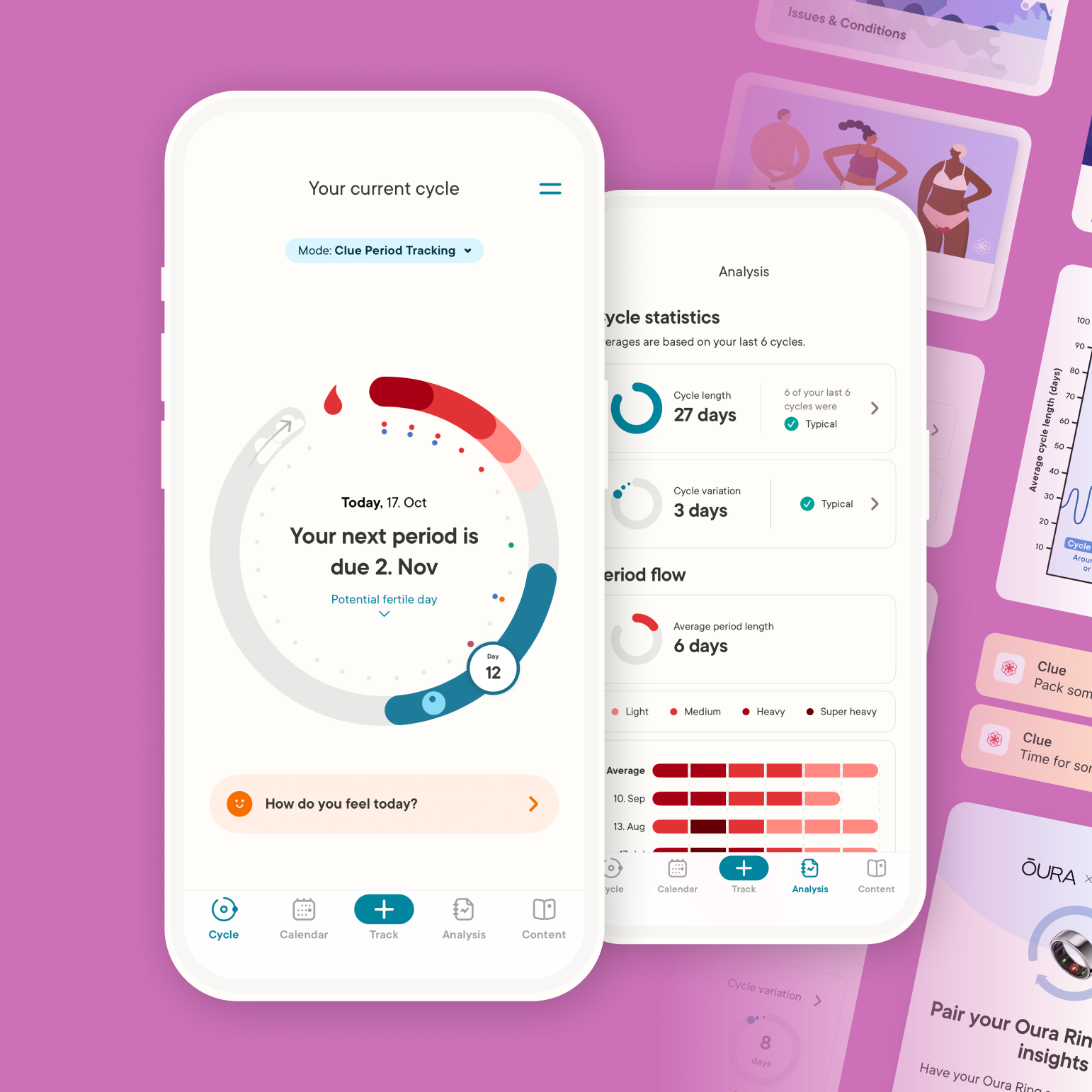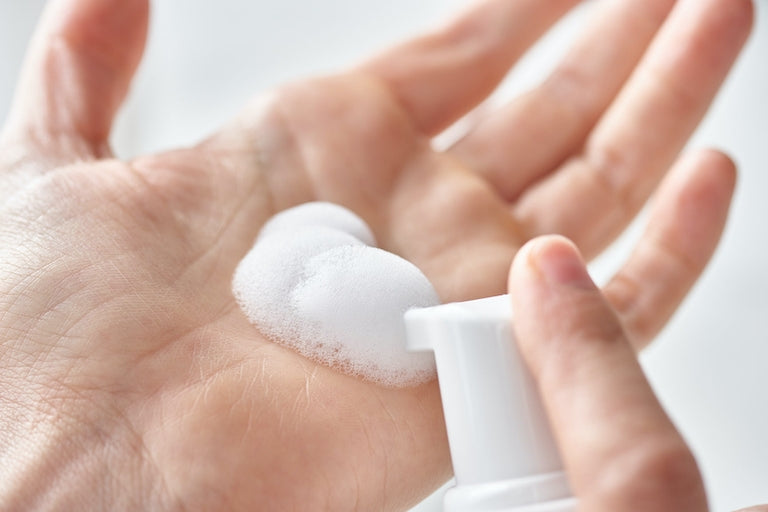When it comes to vaginal health, there are a lot of questions out there, and a lot of conflicting answers and opinions. Some of the biggest (and most controversial) questions around this topic are around vaginal cleansing. What exactly does it mean to wash your vagina? Is there a right and wrong way to do so? Are you even supposed to wash your vagina in the first place? Are there particular products and ingredients you should use, and avoid?
We've asked these questions too, and decided it was time to hunt down some answers we could trust. With help from Dr. Navya Mysore, primary care provider and LOLA Collective medical expert, here's what you need to know about vaginal cleansing.
What is vaginal cleansing?
Before we talk about how to wash your vagina, let's get down to the basics: what do we mean when we say "vaginal cleansing"? Well, you'll see the term used in different ways across the internet, and it's helpful to break it down into two different categories. One refers to the cleansing of internal female anatomy, specifically the vagina, the muscular canal that extends from your cervix to your vaginal opening. Perhaps the most popular internal cleansing method is douching, with one in five women between the age 15 and 44 years still using douches in the U.S.1
The other type of vaginal cleansing focuses on external female anatomy. We're talking about the vulva here, which includes all the genitalia you're actually able to see, like the labia minora and majora, mons pubis, and clitoris. There are multiple methods and products you might see mentioned when talking about this type of cleansing: everything from soap and water to specially formulated vaginal washes.
Is vaginal cleansing safe?
Now that you've got an overview of the different types of vaginal cleansing, let's talk about what's safe, and what's better left alone.
Internal vaginal cleansing, simply put, is not necessary. "The vagina is pretty remarkable in that it's a self cleaning organ," explains Dr. Mysore. You heard that right: not only can your vagina expand enough to make way for a baby, and contract enough to hold a tampon in place, it can clean itself too. Go ahead and give it a round of applause, we'll wait.
Internal cleansing is a waste of time and money, but most importantly, it can actually be bad for your body. "When you clean the inside of the vagina you are disrupting the existing bacterial balance," explains Dr. Mysore. "By removing the good bacteria that lives in the vagina, we are making room for bacteria and fungal infections, like bacterial vaginosis and yeast infections."
External vaginal cleansing, on the other side of the coin, is just plain good hygiene. "The vulva is similar to other parts of our skin in that sweat and oil production from our skin glands can collect in the creases of the folds. If not washed, it can lead to skin infections and irritation," says Dr. Mysore. This area should be treated like any other external body part: cleanse regularly, use products that are kind to your skin, and don't skip over the hard-to-clean areas. Your vulva deserves the love!
How to properly cleanse your vagina
While there's more than one way to wash your vulva, there are some pro tips that can help everyone clean with care.
Cleanse regularly
As in, whenever you shower, up to once a day. While this may sound obvious, the vulva is often overlooked when it comes to bathtime. Remember what your mom told you when you were a kid? Wash behind your ears, between your toes, and in between your labial folds. Ok, ok, we threw that last part in"¦but hey, it'll help you remember!
Wash front to back
Here's one you probably did hear from your mom when it comes to vaginal health. Never wipe from back "meaning your anus" to front. This applies for every scenario, be it with toilet paper after using the bathroom or a washcloth while bathing. Starting with your vulva and working your way back ensures any fecal bacteria (a major no-no for your internal vaginal flora) stays away from your vaginal opening.
Lukewarm water is your friend
Are you the type of person who likes to wake up by splashing your face with cold water? Well, your vulva is not. The same applies to scalding hot water. "The vulvar skin is quite delicate and contact with either extremes of temperature can be hard on the skin in general," cautions Dr. Mysore. "You especially run the risk of burning your skin if the water is too hot." Like we said earlier, external vaginal cleansing is a great way to show your vulva some love, so be kind when it comes to water temperature.
Choose a gentle cleanser
It bears repeating: while you should never use soap or any type of cleanser inside your vagina, it's perfectly ok to do so on your vulva. That said, don't just go wild down there with a bar of any old drugstore soap. "We know that our vulvar skin is delicate. Just like we choose products for sensitive skin for our face, we should be doing the same for the external vagina," says Dr. Mysore. In fact, our vulvar skin is 7 times more permeable than the rest of our skin so it's all the more important to avoid toxic ingredients. If you do decide to use a cleanser, look for one made with natural ingredients, and without added dyes or synthetic fragrances.
Overwhelmed by all the product options out there? Let us do the legwork for you: LOLA's new vaginal wash checks all three boxes, plus it's hypoallergenic and gynecologist-approved.
Or don't use any cleanser at all
While a natural wash can be a great addition to your vaginal health routine, you can absolutely choose to go suds-free when it comes to cleaning your vulva. If you do go this route, the rest of these tips still apply: use lukewarm water, always wash from front to back, and don't wash more than once a day.
Get in all the nooks and crannies
Ok, so you now know what to wash, when to wash it, and what to use. Let's get into the how. Your vulva is composed of various parts and folds, and they are delicate, so it pays to take your time and be sure you wash everything well. Start at the mon pubis, that mound of padding that covers the front of your pubic bone, and work your way back. Spread the labia majora and minora as you go, washing in between the flaps. You can use a washcloth, or you may find it easier to simply use your hands. Wash around the vaginal opening, but again, don't wash inside, your vagina's got that part taken care of. Be sure to clean your perineum (the space between your vulva and anus, and in between your butt cheeks. Just like your vagina, your anus is self-cleaning, so only wash the external area with the gentlest of products.
Dr. Mysore emphasizes that it's important not to wipe excessively as you clean this part of your body. "Doing so can lead to small microtears which can be uncomfortable and potentially get infected," she says.
Pat dry
You're all done! Finish belting out the final lyrics of that Beyonce song and wrap up the rest of your bathing routine. When toweling off, be sure to gently pat, not rub, your vulva dry. Throw on a breathable pair of underwear (or not, it's your life) and you're ready to roll.
References
1. https://www.womenshealth.gov/a-z-topics/douching
